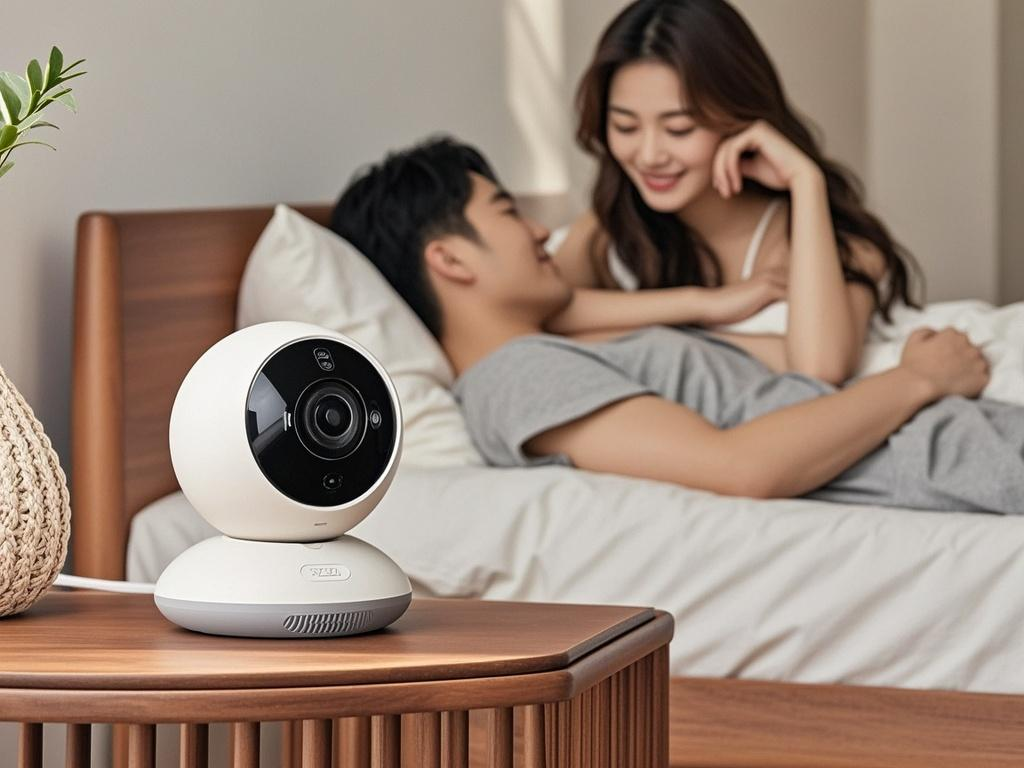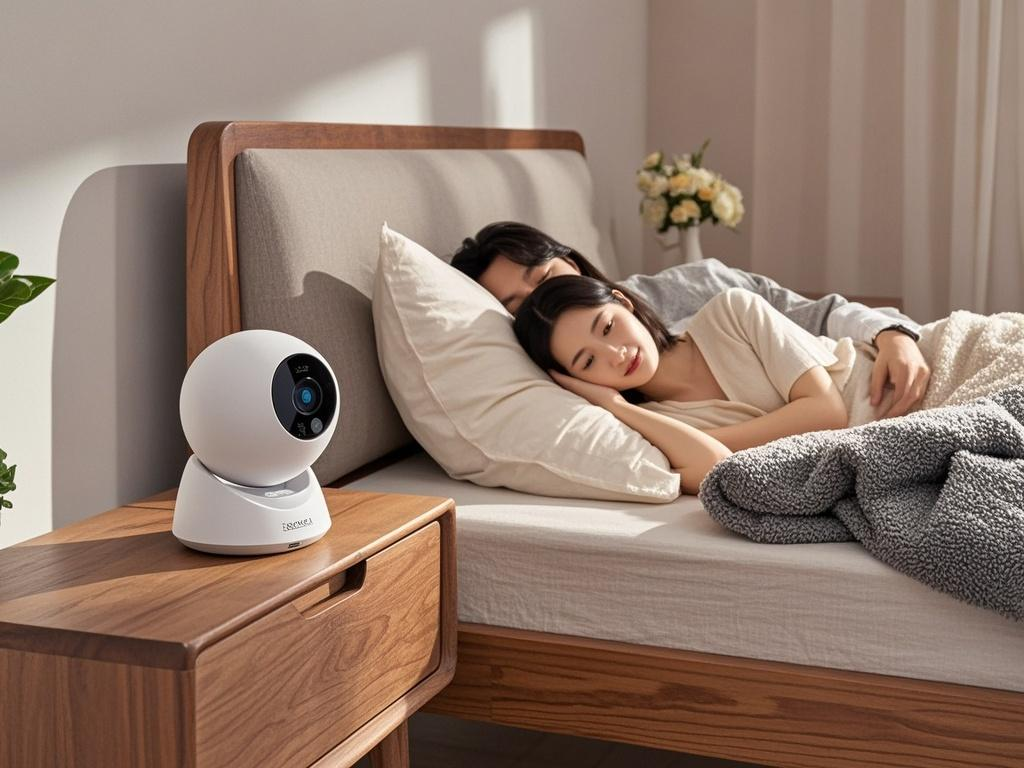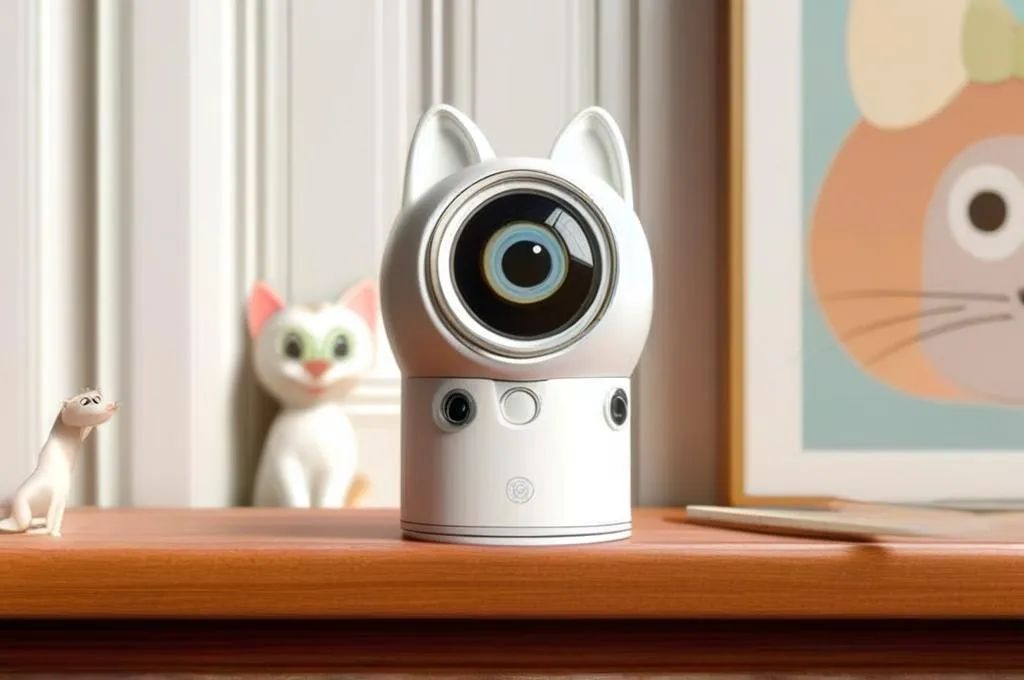

Your smart camera on the bedside table may currently be live-streaming in the dark web, being bid on at a price of 0.5 yuan per minute.
In fact, in the first case of camera intrusion cracked by the Beijing police, hackers took only 19 days to gain control of over 200 households’ surveillance devices, with a low technical threshold that even middle school students could operate.
While we are busy building a technological fortress for security, we inadvertently hand over the keys to our privacy to strangers we have never met.
The Fatal Paradox of Security Devices

The smart camera priced at 399 yuan often has a defense system as fragile as a thin sheet of paper. Such cameras are relatively weak in terms of protection and can be easily breached with a little carelessness.
Some brand devices were found to be using an open-source framework from 2015, and their data encryption module was merely decorative code.
Ironically, 80% of users have never changed the initial password; weak password combinations like “admin123456” allow hackers to casually browse surveillance footage as if they were shopping in a supermarket, easily achieving their goals.
Attack and defense tests by a technology company in Beijing showed that technicians could gain administrator access through the debugging interface in just 5 seconds, shorter than the time it takes to brew a cup of coffee.
The blind worship of “smart” by consumers is nourishing the black industrial chain. Manufacturers invest heavily in R&D budgets for 4K resolution and AI tracking, while security settings are hidden on page 38 of the manual. Ms. Wang from Shanghai spent 899 yuan on a high-end device, but due to the app’s forced access to her contacts, her family’s daily activities were completely exposed to hackers.
The Dark Evolution of the Privacy Economy
In a certain encrypted chat group, “family live-streaming packages” are openly priced: a quarterly package for 180 yuan allows viewing of ordinary scenes; for an additional 50 yuan, the bedroom view can be unlocked; and for another 30 yuan, sound collection can be activated.
Devices seized by the Wenzhou police contained 320,000 pieces of real-time monitoring streams, with each piece of data traded an average of 20 times a day.
After being processed with AI face-swapping, this content is disguised as “home security teaching videos” for circulation, forming a complete chain from theft to processing to distribution.
The most covert crime is the sale of spatial intelligence. By meticulously analyzing the camera’s IP, hackers can more accurately outline users’ daily routines; in a certain community in Beijing’s Chaoyang District, monitoring data shows that households enter and exit the door an average of 3.2 times a day, and their activity rate drops by 82% after 10 PM. This data is priced at 2 yuan per piece on the black market, becoming an excellent guide for burglary.
The Cognitive Trap of Technological Convenience
Psychological studies show that 86% of users have a “technological redemption” mentality, believing that purchasing smart devices equates to having security protection.
This illusion leads 72% of victims to only think about checking device security logs after their privacy has been exposed.

Mr. Li from Hangzhou is a representative case: after installing three cameras in his living room, he felt a strong sense of security, unaware that one of the cameras had quietly become the “God’s eye” of a peeper.
The cognitive traps carefully planned by manufacturers are indeed thought-provoking. The security reminder of a certain brand camera is hidden in gray font on page 38 of the user agreement, while the “one-click sharing” feature is prominently placed in red at the center of the interface. Such visual inducement has led 23% of users to actively share monitoring permissions with strangers, claiming to be “remotely watching pets.”
The Triple Collapse of Security Defenses
Industry surveys indicate that 60% of small and medium brands do not have dedicated security engineers, and their system updates have stagnated for three years. One manufacturer, in order to save costs, directly used open-source code from public bus monitoring systems, placing home security in the vulnerabilities of public security. Even more bizarrely, the EU’s GDPR requires cameras to be labeled with security levels, but domestic products have yet to undergo mandatory certification, making consumer choices akin to blindly feeling an elephant.
The legal accountability system is also virtually non-existent. A well-known brand was fined only 30,000 yuan for a vulnerability that led to the leakage of data from 500,000 users, meaning each piece of privacy was valued at 0.06 yuan. In contrast, hackers selling the same amount of data could profit over 5 million yuan, creating a complete imbalance between the cost of illegal activities and the benefits.
Reconstructing the Privacy Contract in the Digital Age
The solution lies in the technical details. A unique innovative solution from a German laboratory is worth emulating: adding a physical switch to the camera, which naturally closes the network port in the event of a power outage, costing only an additional 5 yuan but effectively blocking 90% of intrusion attempts. A Japanese manufacturer developed “privacy sandbox” technology that processes faces locally before uploading them to the cloud, preserving security functions while eliminating the possibility of peeping.
Users also need to build a “digital hygiene” mindset. Ms. Zhang, a white-collar worker in Beijing, has a defense system that is exemplary: she wraps the camera lens in aluminum foil; sets a 16-character password with mixed upper and lower case; disables P2P cloud transmission; and builds an independent virtual network on her optical modem, successfully intercepting 137 intrusion attempts by hackers. These seemingly extreme measures are gradually becoming essential lessons for life in the smart era.
When we install the fourth camera in the nursery, perhaps we should heed the advice of Berlin artist Schneider: “The sense of security promised by technology is devouring the last frontier of human privacy.” The line between theft and leakage is thin; true security does not lie in the number of lenses but in a clear grasp of technology—after all, no one wants to become the star of a Truman Show, even if this theater is called “smart home.”